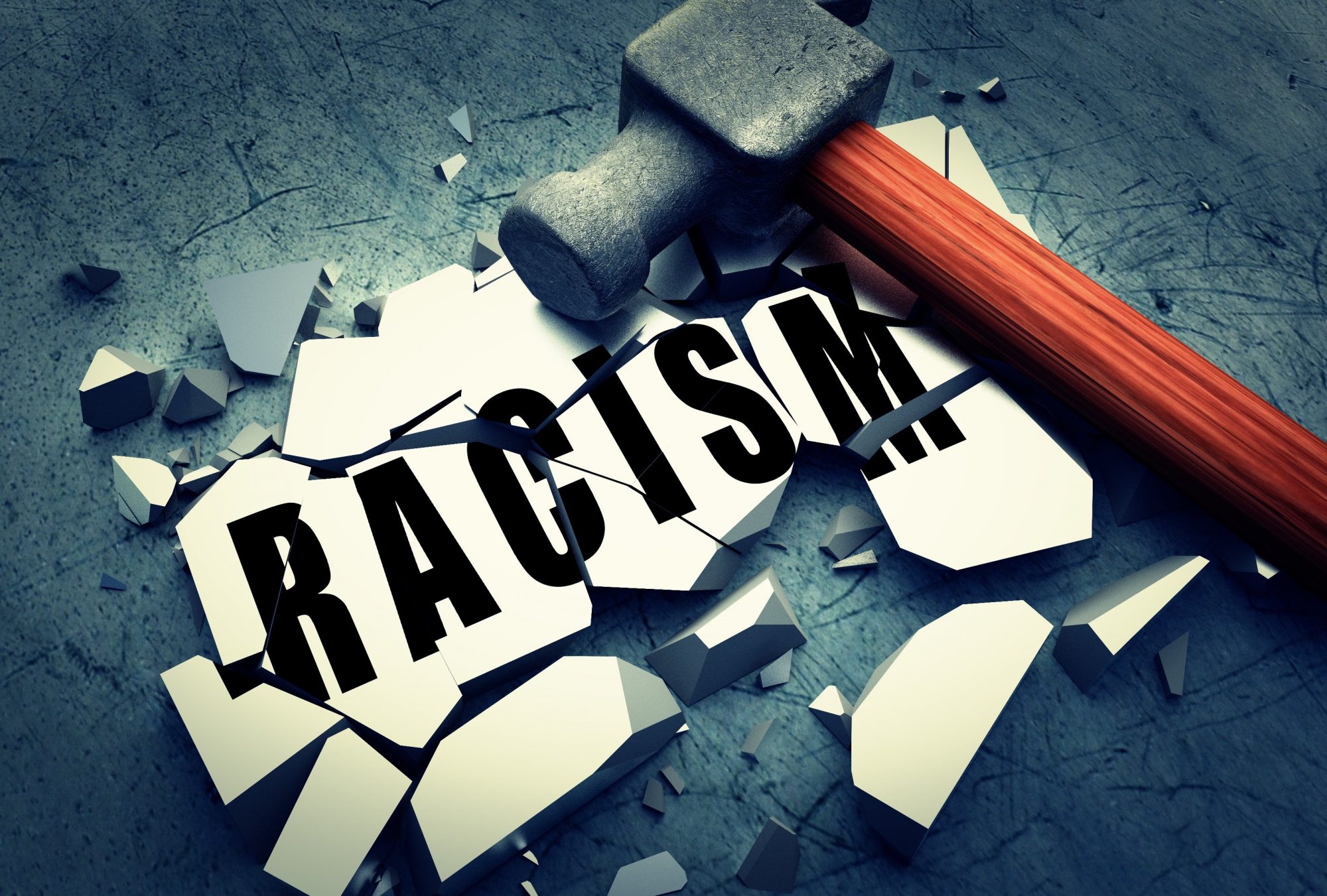In Willow Lung’s Trespassers? Asian Americans and the Battle for Suburbia, we explored ideas of the model minority and the school system in and around Silicon Valley in California. A model minority is defined as an ethnic group where individuals achieve socioeconomic success at a higher rate than the average population. The reading discussed school systems in terms of demographics and white flight in areas such as Fremont. White people moved out of neighborhoods at high rates because of an influx of Asian people into the community, until it reaches a point where the neighboorhood is almost entirely homogeneously Asian.
In our presentation, we discussed how Asian-American are being “whitened” using the idea of a model minority. We used three excerpts from the Washington Post, The Atlantic, and The Ithacan, to discuss how Asian Americans have been increasingly grouped in with the white population for purposes of “racial preferences.” Lung spoke profoundly of white flight in areas of Silicon Valley, but claimed there was a shift as Asian-Americans became model minorities. Whites were comfortable living with Asians so long as they followed the unspoken expectations set for them. We discussed how this diminishes the experiences of Asain-American people who are a societal disadvantage. We also argued that because white people are determining racial hierarchies, the black and brown people that are lower on the hierarchy and already have stereotypes mapped onto them, have these amplified. Furthermore, these are the people considered “bad minorities,” which has negative impacts on emotional health.
We also viewed school system demographics versus the most important aspects and expectations of a particular school. While white parents look for a liberal arts education for their kids, Asian parents look for strong STEM-focused schools. We discussed our personal experience with demographics versus the topics our high school stressed as the most important. We did this to connect with what Lung explained about the majority of high achieving high schools in the Silicon Valley area were predominately Asian. She attributed this to the culture of the school system in Asian countries. One major question that we asked during our presentation was why we thought that this pattern of schools becoming high achieving after reaching a specific racial majority is not true for black and Hispanic communities?
We also looked at the racial breakdown of Bowdoin. At Bowdoin, we often hear that our student body is 39% of people of color, but we never see how many of the underrepresented groups made up that 39%. We discussed whether or not we felt that Bowdoin was doing enough to support certain groups that make up the breakdown. We also questioned the choice to include “Non-Resident Aliens” as a section of “students of color,” and if there was a way to make this descriptor clearer. Lastly, we discussed whether or not we felt that Bowdoin’s demographics would change within the next couple of years.
I was left thinking about how this set up of this school system affects students. This treatment can hurt the emotional health of students of color. There is a reason why black and brown students are the smallest percentage of demographics in the majority of the private schools that we looked at in Trespassers. How would these demographics shift if these students had the same level of support? Whose responsibility is it to diversify? I was also left thinking about how this relates to the school-to-prison pipeline, where marginalized youth are more likely to become incarcerated due to the poor school systems available to them. It also refers to a topic of the tokenistic fallacy of racism where white people believe that the presence of people of color in influential positions means the eradication of race-based obstacles. The perpetuation of stereotypes surrounding a student of a particular demographic can cause that student to feel an excess of negative pressure. The likelihood of their success then decreases in comparison to their counterparts.
